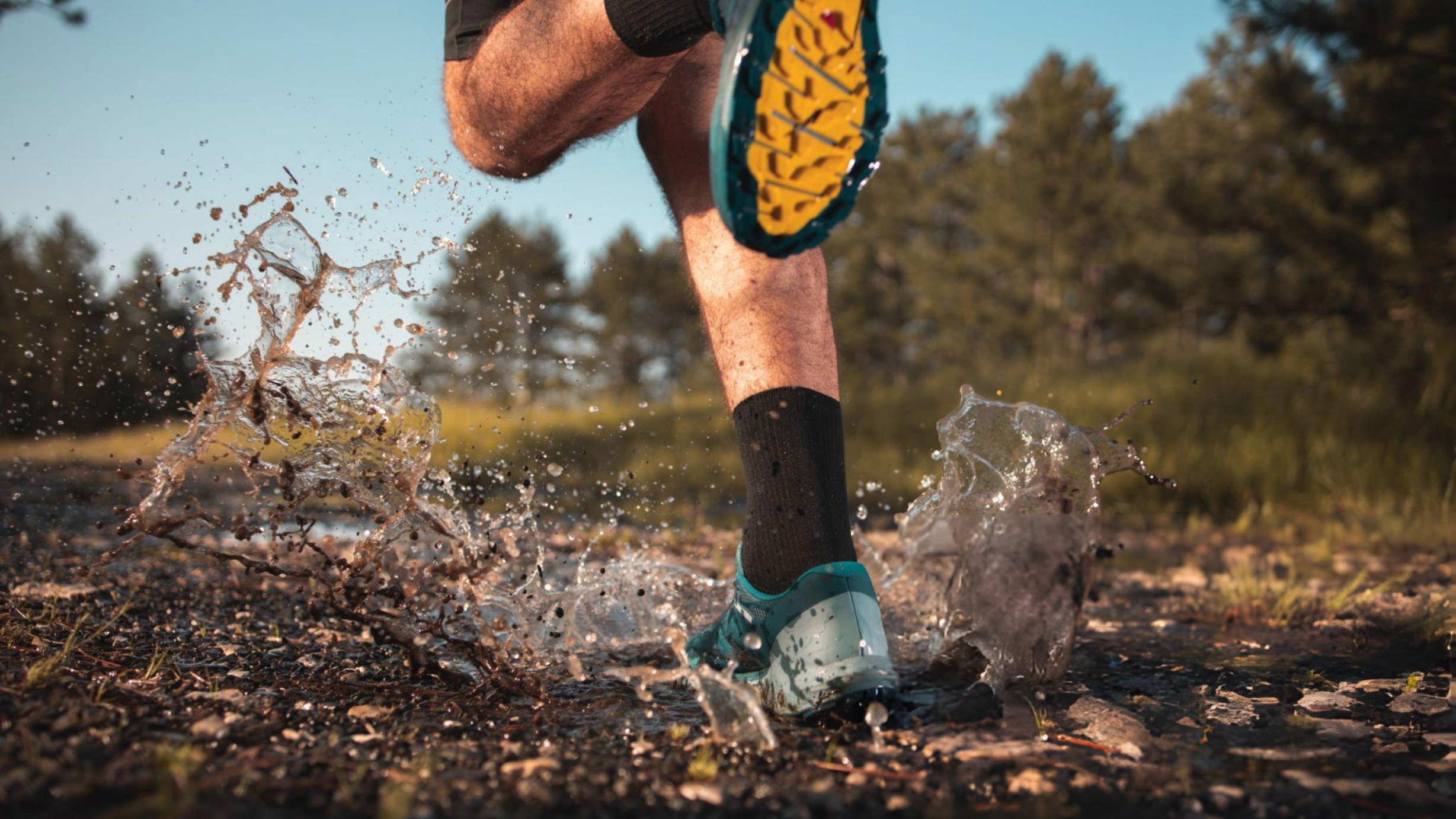Let’s be honest—when people talk about hydration in running, it often stops at “Drink water.” But if you’ve ever hit the trail for a long run and found yourself cramping, dizzy, or just dragging… you already know hydration is a little more complicated than that.
So let’s sit down (virtually), and have a real talk about how to approach hydration not just as something you do during your run, but as a full, smart strategy. Whether you’re out for 10K on singletrack or racing through the mountains in an ultra, this is for you.
1. Hydration Starts Before the Trail
Most runners wait until they’re already thirsty mid-run to think about drinking. But here’s the truth: what you do 24–48 hours before your run matters just as much as what you carry in your vest.
✔️ Focus on sipping throughout the day—not chugging before bed.
✔️ Include water-rich foods like fruits, soups, and smoothies.
✔️ Limit dehydrating drinks like alcohol or too much caffeine.
Think of it like filling up a reservoir. When you start topped off, you’re less likely to hit that wall later.
2. Understand What You’re Losing
Sweat isn’t just water—it’s electrolytes too. Sodium, potassium, magnesium… they’re essential for keeping your muscles firing and your brain alert.
If you’re sweating a lot, running in heat, or going for hours, plain water won’t be enough. That’s where electrolytes come in.
💡 Tip: Try a few different drink mixes during training—not all blends are created equal, and your stomach will thank you later.
3. Create a Route-Based Hydration Plan
Trail running isn’t like road running—water fountains and aid stations aren’t always guaranteed. That’s why your hydration plan should match your route.
- For short runs (under an hour), you may not need to carry water—just hydrate well before and after.
- For 1–2 hour efforts, a handheld bottle or soft flask may do the trick.
- For longer or remote routes, consider a hydration vest with a bladder and backup filter or tablets for refills from natural sources.
Tailor your hydration just like you’d tailor your shoes or pace. It’s all part of smart prep.
4. Listen to Your Body, But Don’t Wait for Thirst
By the time you feel thirsty, you’re often already behind. Learn to sip consistently, even if you don’t feel dry.
Use time or distance-based reminders:
⏱ Every 20–30 minutes, take a few sips.
📏 Every 3–4 kilometers, check your fluids.
Hydration is a rhythm, not a reaction.
5. Recovery Hydration is Just as Crucial
Once the run’s done, your job isn’t over. Recovery hydration helps your muscles rebuild, your body flush out waste, and your energy bounce back quicker.
Replenish not just water, but electrolytes and carbohydrates too. Think coconut water, chocolate milk, or a post-run smoothie with some salt added. And, of course, a full meal within an hour.
Final Word: Make Hydration a Habit, Not a Hassle
Hydration doesn’t have to be a stressful science project. But it does need your attention. When you start treating hydration as a strategy—not just a last-minute checklist—you’ll run longer, recover faster, and enjoy the trails way more.
So pack smart, drink often, and let your body thank you at every mile.

